As usually, this holiday brings a disaster. No, not a broken arm, no broken motorbike and no confiscated ATM card. Much worse. I ‘ll start from the beginning.
Just “carry-on”, because Air Baltic says checkin baggage costs an extra 25 euros, so does checking-in at the airport or reserving a seat on the plane. Just to spite them, we’ll make do with eight kilos of carry-on baggage, an ambitious attempt, considering that I had to bring a big old SLR as well as a laptop. Clothes we cut short, for this to become a running gag: My friend Melli asks: “Do you know what I’m going to wear tomorrow?” I pretend that I don’t: “Tell me what.” -“Exactly the same.”
Once arrived in Riga, we take bus no. 22 from the airport to the city. The trip takes about 30 minutes and costs 1.15 euros. The Latvian prices seem alright. Near the main railway station we get off and start looking for the hostel we booked. Thanks to data roaming and GPS we find it. Melli walks across a huge crossroads, neither traffic lights nor crosswalk in sight. “You’ll get run over!” I shout. – “By whom!?” That’s right, almost no cars on the road. Riga is a quiet town with lots of interesting corners, such as an artistic birdhouse in the hip warehouse district (Spikeri District).
The first night we spend at Elizabeth’s Youth Hostel. It costs 10 euros per night plus 5 euros extra if you arrive outside regular opening hours. Locking-up luggage during the day also costs 5 euros. We begin to wonder if this extra-cost-concept is a Latvian invention. After all, the hostel is clean, there is wifi and the shower has hot water.
City-Trekking in Riga
We lock up our backpacks at the station for 3 euros. Then, we explore the city on foot. We see on the map that there is a green strip all the way across the city. So we decide to walk along this Central Park. There is also a canal with cute little boats doing sightseeing rides for tourists. Most of them are retirees with North Face jackets and expensive bridge cameras taking photos of flowerbeds and statues. In between the many statues of nacket female figures there is also a simple bronze foal. Why? -No idea. In the Art Nouveau district we find even more strange things: dragons, griffins and sphinxes. Actually, Riga is a Mecca of interesting photo motives. Although city trips are not quite my cup of tea, I enthusiastically take photos and wonder which expensive glossy magazines I will offer them to.
On our first day in Riga we walk everywhere, also the long way from the city center to Kalnciema district, which is located on the other side of the river Daugava. The neighborhood consists of historical wooden houses and is touted by many guides for its street markets, where alternative Latvian art objects are traded – only on weekends, as we learn later. We walked there in vain.
Great art works that make for hip souvenirs, we find in the Riga Gift Shop on the Kaleju iela (Latvian for road) no. 7 in the Old Town. The shop is brand new, it has opened only a year ago. Holders are two Latvian girls, Christine and Evita. On weekends, they visit various markets and rummage for things that they can include in their sortiment: T-shirts, shot glasses, scarves and all kinds of witty dust catchers. Christine is standing behind the counter when she says: “We want to show the people what us Latvians can make.” Had I not had enough carry-on luggage already and more money in my bank account, I would have dug in.
If you like shopping and have the wherewithal to do so, you should visit the Bang Bang Stop & Coffee in Kaleju iela 18/20. There, expensive brand items are sold by tatooed hipsters with black hoods. Not only do they give advice on fashion choices, but also make cappuccino for a leisurely shopping experience.
Couchsurfers’ Insider-Tips
We meet the first couchsurfer, Aleksei, in front of the “Museum of Occupation”, a black square building from the Soviet era. Before that, we passed the Freedom Monument, the symbol of Latvia’s national sovereignty. The independence and the Russian influence is still a major issue in society. We discuss this topic while the three of us are sitting in the Cuba Cafe in the Old Town. Aleksei explains that, though his parents are from Russia and Ukraine, he was born in Riga and has a Latvian passport. He doesn’t want to hear anything about “occupation”. “Before, this was one country,” he says, referring to the Soviet Union. In his opinion, the Latvian government is exaggerating their patriotism. Aleksei gives us a tour of the Old Town, shows us the historical city walls, narrow streets with cobblestones from the 13th century and the bastion hill.
Later, we walk to Gertrudes iela and have dinner at the Stockpot. The small restaurant is owned by an Irishman and offers various Indian curries, also vegan ones. Aleksei tells us that people usually queue beyond the entrance during lunchtime. Apparently, the owner also has a taste for spicy food. On the menue, the dishes are marked with levels of hotness from 1-10. “Once a year there is a dish that has more than level 20,” says Aleksei. This is more or less a test of courage. It doesn’t have anything to do with good taste, people rather do it for the pain.
We had only scheduled an afternoon chat with Aleksei. In the evening we meet our actual couchsurfing hostess Meldra. The 28-year-old Latvian is originally from the countryside and moved to Riga a few years ago in order to study business. She also did some studies abroad in the Netherlands and Scotland. Currently, Meldra is working at an IT company. Together, we visit the New Zealand Kiwi Bar. There we sit on the terrace and Meldra tells stories of her travels: hitchhiking to the United Kingdom, backpacking through Portugal and couchsurfing in India. At the moment she is preparing for a trail running competition in Spain.
Later in the evening, we move on to the Ala Taverna, a restaurant and bar in an ancient wine-cellar. One of the walls was build in the 12th century. Inside as well as outside you will find all sorts of pagan symbols, such as the Sun sign, which is emblazoned above the tavern entrance. This ancient symbolism is currently experiencing a revival in modern Latvian art and handicrafts.
Unfortunately, we are not in Riga on the weekend. There would be several opportunities for a big night out. “Our parties last until 7 o’clock in the morning” the bartender says in Omas Briljants in Audeju iela. The bar/club is trimmed retro style and contains all sorts of items from grandma’s days. Accordingly, the logo is an old woman holding a vinyl record. I find the style unique and again have found a magnificent photo opportunity.
Riga is located close to the sea, the beach is not far and we decide to take the train to Majori the next day. The small town is near Jurmala and the ride costs about 4 euros return. It only takes about half an hour. For swimming it is still too cold, so we walk barefoot along the shore, first to watch the gulls and later a few toned Latvians playing beach volleyball.
Tallink Hotel Riga
We return to Riga, this time to a four-star hotel on the Elisabeta iela. It belongs to the Estonian Tallink Group, a mini cruise and hotel provider. Most of their hotels are located in Estonia’s capital Tallinn. For five years there is also one in Riga. Santa Priede is the marketing Manager of the Tallink Hotel Riga. She gives some background information: “The hotel was designed by a famous Estonian architects’ office called Meelis Press. The design is modeled based on the gardens of the Alhambra. The elements of earth, wind, fire and water are the main theme, the conference rooms are named accordingly. “
The Tallink Hotel has 256 rooms and is the third largest hotel in town. Primarily, it hosts business guests, during the summer also tour groups. Priede says: “In the past our visitors mainly came from Russia, now there are more Estonians, Swedes, Finns and Germans.” She thinks, this has something to do with the bad exchange rate for the ruble. Priede is especially proud of the Tallink Hotel’s innovative Latvian cuisine: the fish is cooked in beeswax and the meat gets fried on a modern Black Rock grill. These concepts seem to appeal because the Tallink Hotel was named one of the caterers for the Latvian National Library, the venue for political meetings. Currently, there are many of those, because Latvia got this year’s Presidency of the EU Council and thus hosted the EU summit in May.
“What is this outdoor person doing at a four-star hotel?” you may wonder. I got invited by the Tallink Group. The hotel is part of the package together with a cruise to Stockholm. Therefore, we can enjoy a few days of luxury on our backpacking trip. After three days City–trekking this is sorely needed. My legs feel like I just crossed the Alps on foot. My first thought on city trips: “I’m too old for this s ***!” Second thought: “But how do the elderly do it?” And that is it for the thinking and I watch funny animal videos on National Geographic Wild, one of the hotel’s TV channels.
Riga Hipster Hunt
The next morning we are on a mission. I’m looking for topics that I can write about in Riga, stories that fit my great shots. The travel portal Skyscanner has voted Riga’s Miera Street to be the number 1 hipster neighborhood in the world. So we start the “Riga Hipster Hunt“, an endeavor which others already have embarked on. Apparently, it is a hard nut to crack. You can read about it on the blog Expat Eye on Latvia.
Still at the Tallink Hotel, we ask the young receptionist if he can recommend a restaurant or café on Miera iela. He gives us a quizzical look. “There is a chocolate factory,” the clerk says, almost like an apology. Apparently, no one has ever asked about this street. Nevertheless, we try our luck and take the tram along Miera. On the way, we don’t see any hipsters, the street is empty and quiet. We don’t even know, where to get off. Eventually, we just do it and walk back on foot. There, at last, a skateboard shop, a small shop, a couple of graffiti and a café. Better than Berlin Kreuzberg?! Hardly. Skyscanner must have been drunk.
I don’t give up so fast, and ask the waitress in the café: “Excuse me, where can I find hipsters around here?” To my surprise, she doesn’t laugh at me, but helps me out, as she says: “During daytime there is not much going on around here, but try it in the Kanepes Kulturas Centrs (KKC) two blocks further.” And sure enough, there we find it very hipsterish.
At the Cultural Center, an exhibition called “Idiomas” by former street artist Roberts Rurans takes place the same evening. Backyard, bar and second floor of the old building are well attended. There I meet Ance, whose name reminds me of the writer Dante. Perhaps this is because it is pronounced similarly, perhaps it is because of the artistic and intellectual atmosphere in which I meet her. The 22-year-old classifies herself as part of the Peter Pan generation, a generation that doesn’t want to grow up. Studying geography was not for Ance, she rather wants to make art, take courses and develop her own personality. Currently, many young people think like her. Also in Riga they are becoming more and more.
A few days later, we meet Ance at the MIIT Coffee & Bikes, one of her favorite cafés in the city. There you can get cappuccino as well as sorrel soup, a Latvian specialty, just like nettle or dandelion salad. I explain to Ance that I want to learn more about the alternative art scene in Riga. She sends me some facebook links right away, for example, the relatively new magazines Popper Magazine and FOLD, the bookstore and art gallery Bolderaja, another cultur centre called Liksnas 26 and the Café Chomsky.
It was Ance who established contact with the founders of the Kanepes Kulturas Centrs. In total, there are six people who started it three years ago. I meet two of them: Davis, is a filmmaker. The big black lion that is sitting on the wall in the back yard, is a leftover movie prop. The other one is Kristians, formerly a lawyer who has worked for several years until he decided that this could not have been it. Despite having wife and child, he opted for a life in freedom, in search of himself and in financial uncertainty. “The Kanepes Kulturas Centrs is unique, a place of avant-garde,” he says. Esoteric, I think, because at first glance the KKC looks like a place for hippies. Later you realize that Riga’s educated elite is hanging out there.
Rigas Bohème
“It’s a bohemian place,” Ance had said previously. According to Wikipedia, Bohemianism is the practice of an unconventional lifestyle, often in the company of like-minded people, with few permanent ties, involving musical, artistic, or literary pursuits. The KKC-building looks a bit shabby but the porch in the backyard is welcoming with lots of flowers and colorful banners. This means the KKC sticks out from the surrounding houses. “This is the problem,” explains Kristians, it interferes with the ideals of the local authorities. They would do everything to make the shabby building with its liberal clientele a victim of gentrification. The KKC also supports the global Pride movement of homosexuals, a difficult subject in a former Soviet state. “The authorities are always looking for legal loopholes to close us down, for example for disturbance of the peace by night” says Kristian. Currently, there are twelve law suits filed against them. At the same time, with some additional money, they could improve the premises’ looks.
Earnings they get mainly from the sale of drinks at the bar, but there are other projects going on. Kristians, for example, builds and sells longboards together with a friend. He shows me one he made. Well, I don’t know too much about longboards, but it looks fairly high quality. One of the most interesting inventions the KKC’s Think Tank has created is the Brum Brum bike. “My little son has named it“, says Kristian. It is a wooden balance bike for children that has a natural suspension. When he shows it to me, I think: “Yes, Munich yuppie parents would definitely buy it.” Kristians and his partners have already visited some toy fairs in Germany with the bike and have been nominated for an innovation award.

The Brum Brum bike was developed by the Think tank of the KKC and nominated for an innovation award.
I am impressed by his attitude, above all, I am impressed that it works. You can lead an alternative life style and be successful at the same time. You don’t have to sit in an office with a suit on. After all, I have been daring the same feat for three years. When I say my goodbyes in the KKC, I don’t think of the people there as “esoterics”. Actually, I really like them and wish them all the best, hoping the “bohemian place” will still be there when I come to Riga the next time.
I talk and talk, and you must wonder all the time, which disaster I spoke of in the beginning. Perhaps you noticed that I repeatedly mentioned great photos for glossy magazines, although very few pictures in this entry would be suitable to sell. Most of them I didn’t even take myself. Well, there‘s the rub. During the first week in Riga, I filled an 8-GB memory card with pictures. I don’t know which devil had his fingers in the pie. Maybe a card error, maybe a memory malfunction, sure is, when I got back home, all the photos were gone!!!
[wpgmza id=”10″]

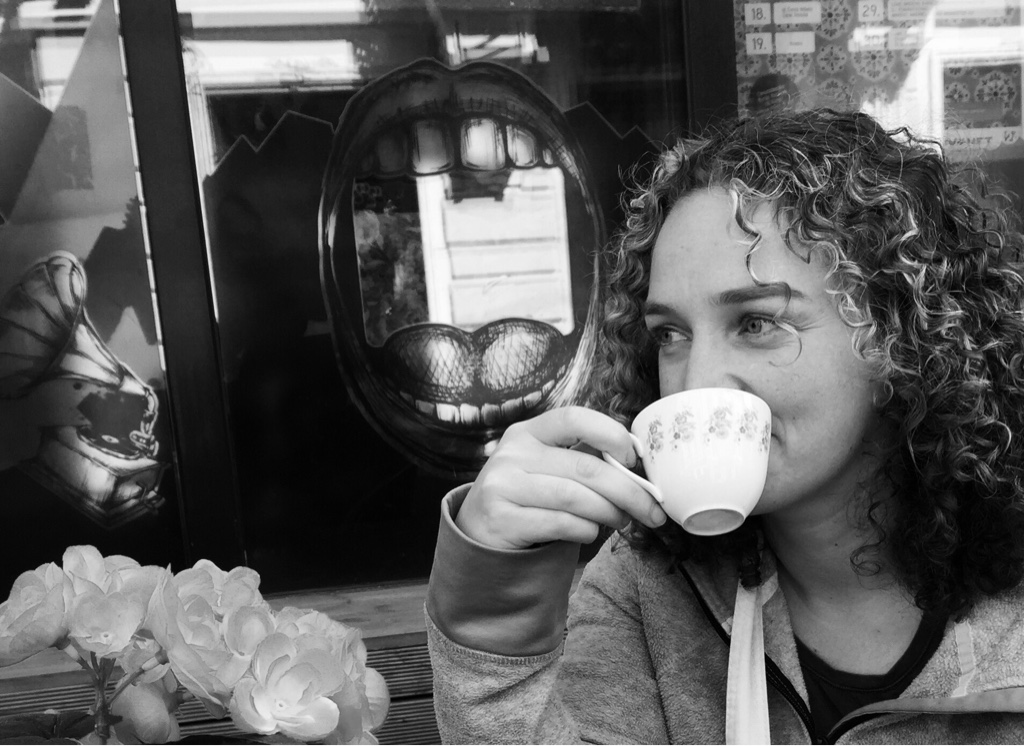
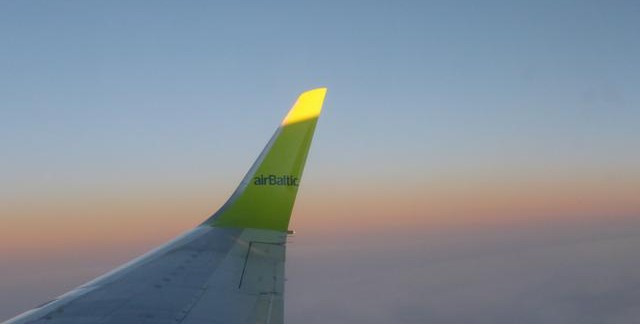
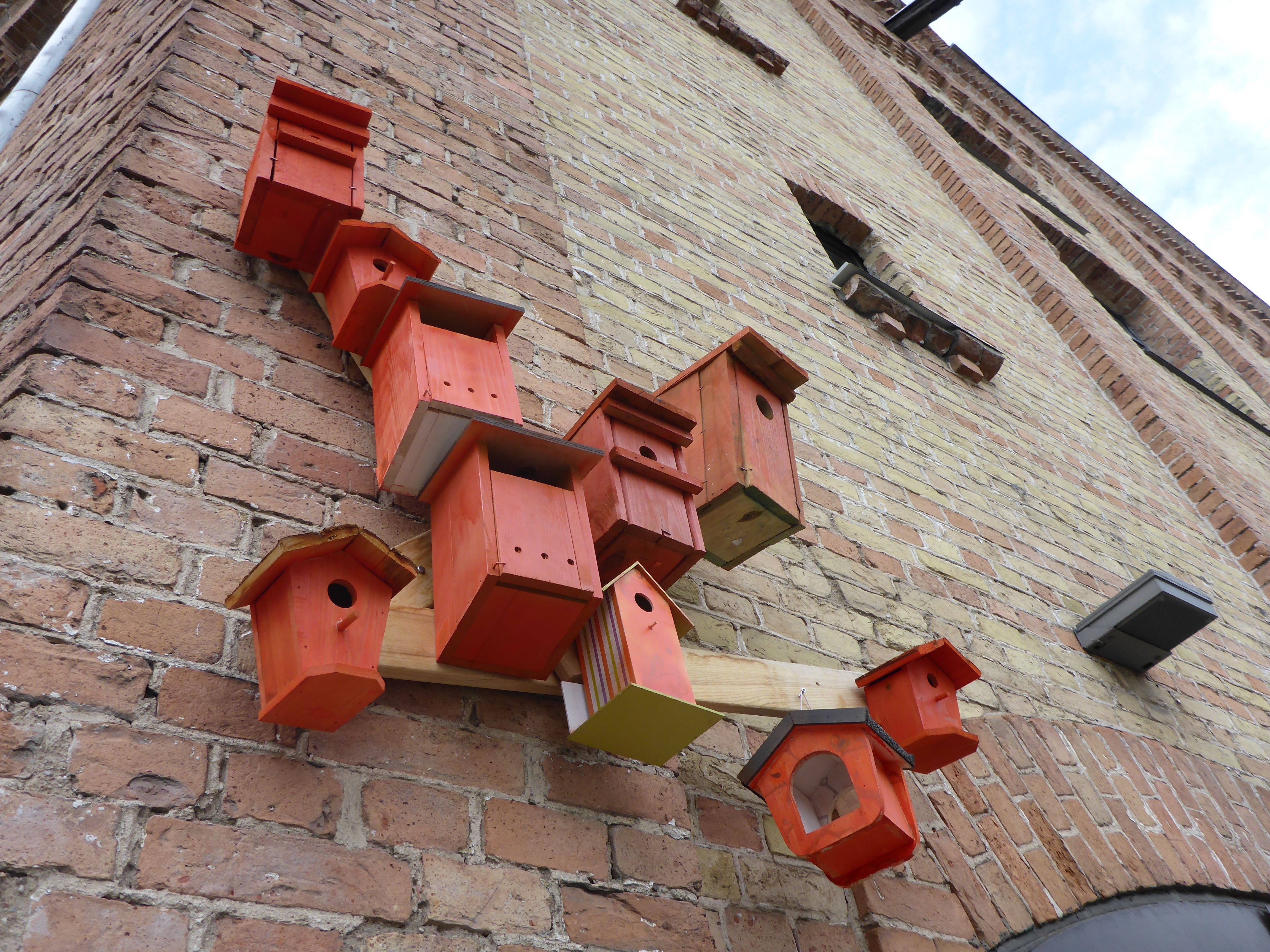
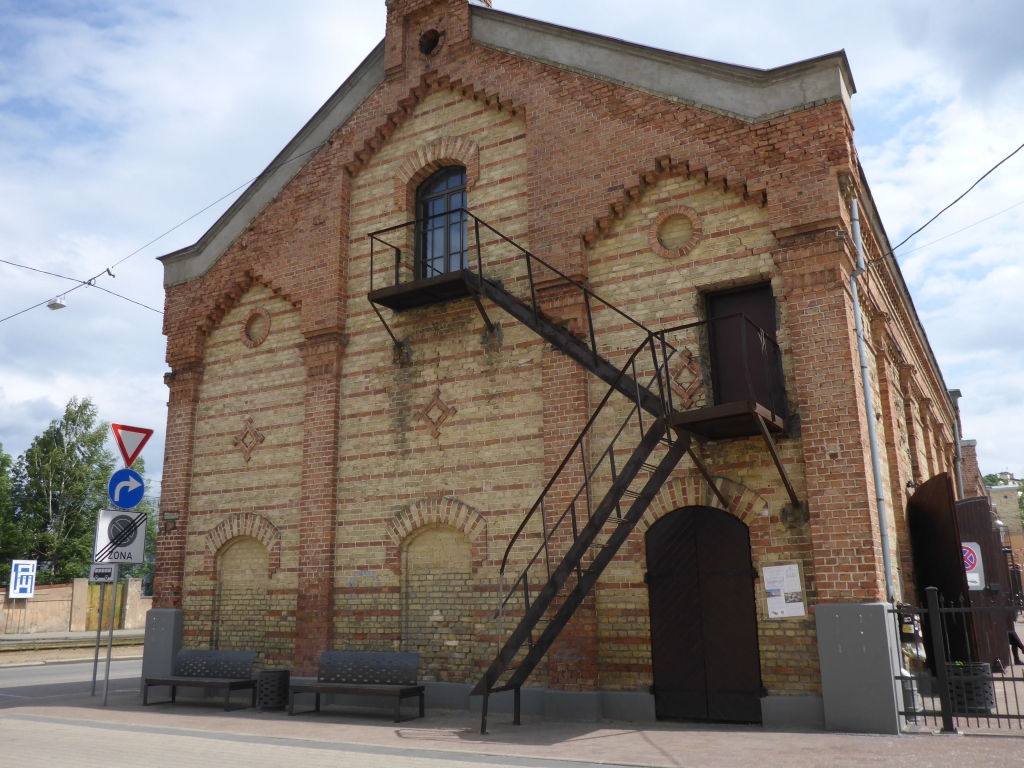
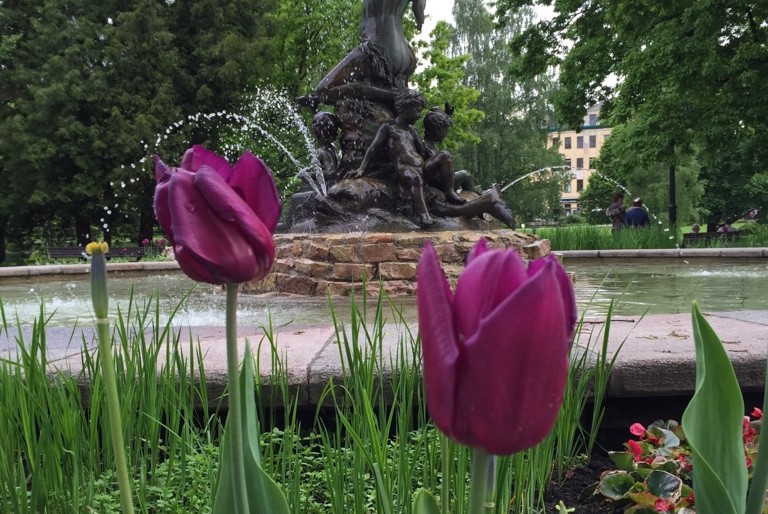
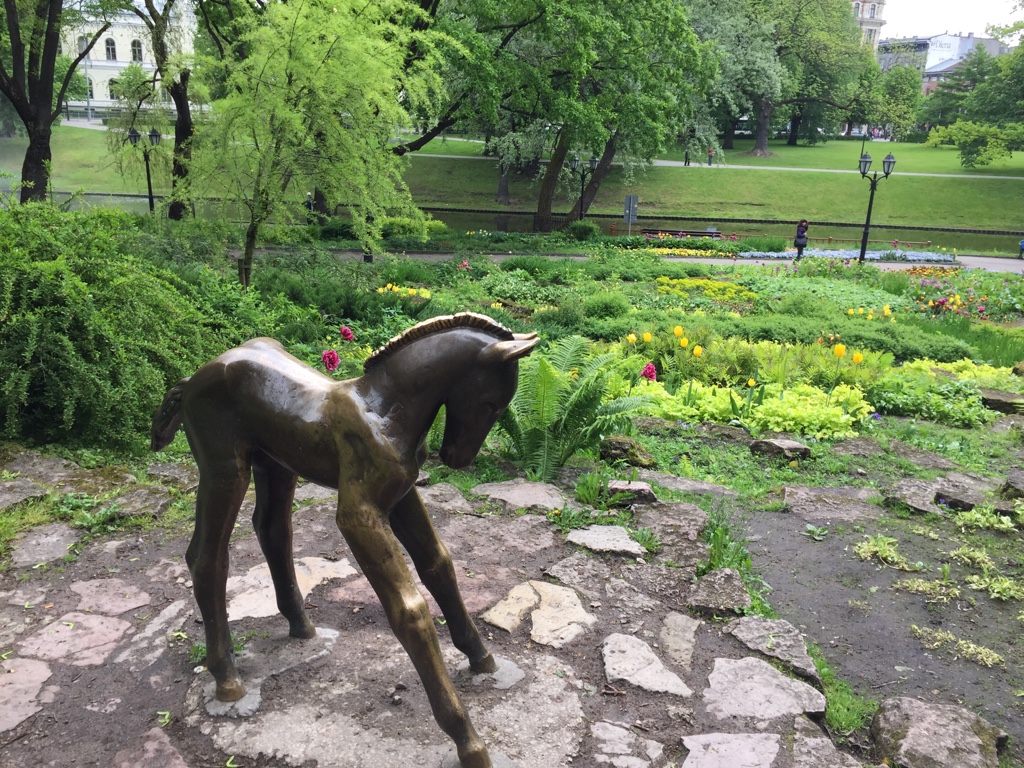
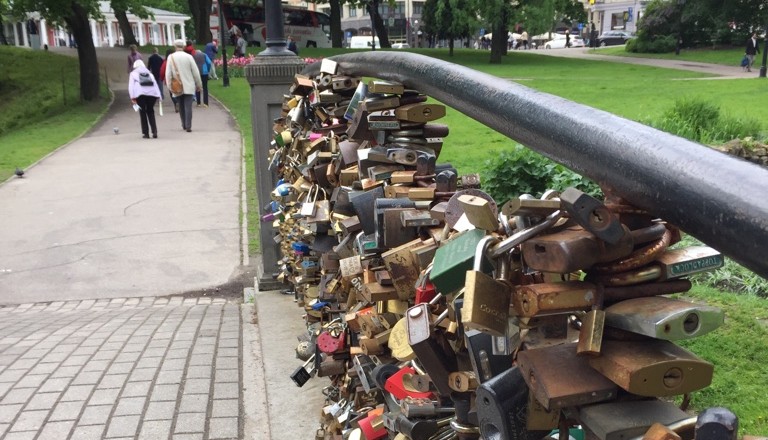

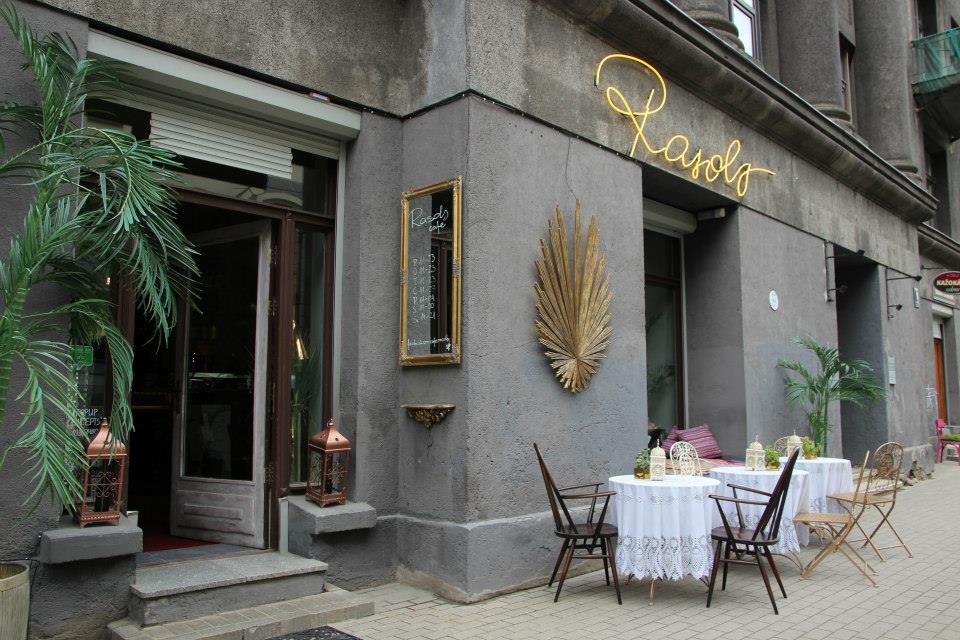
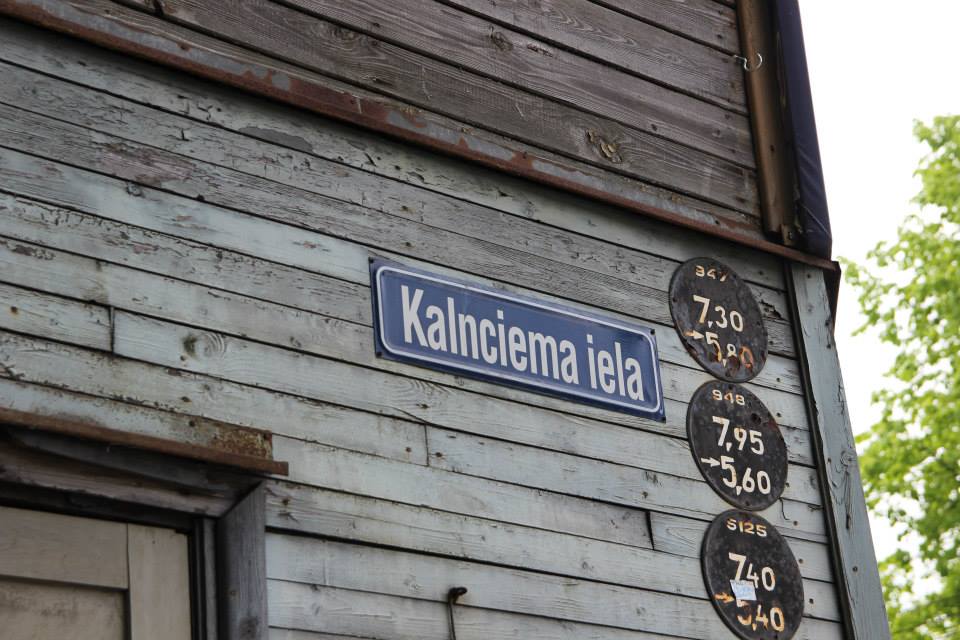
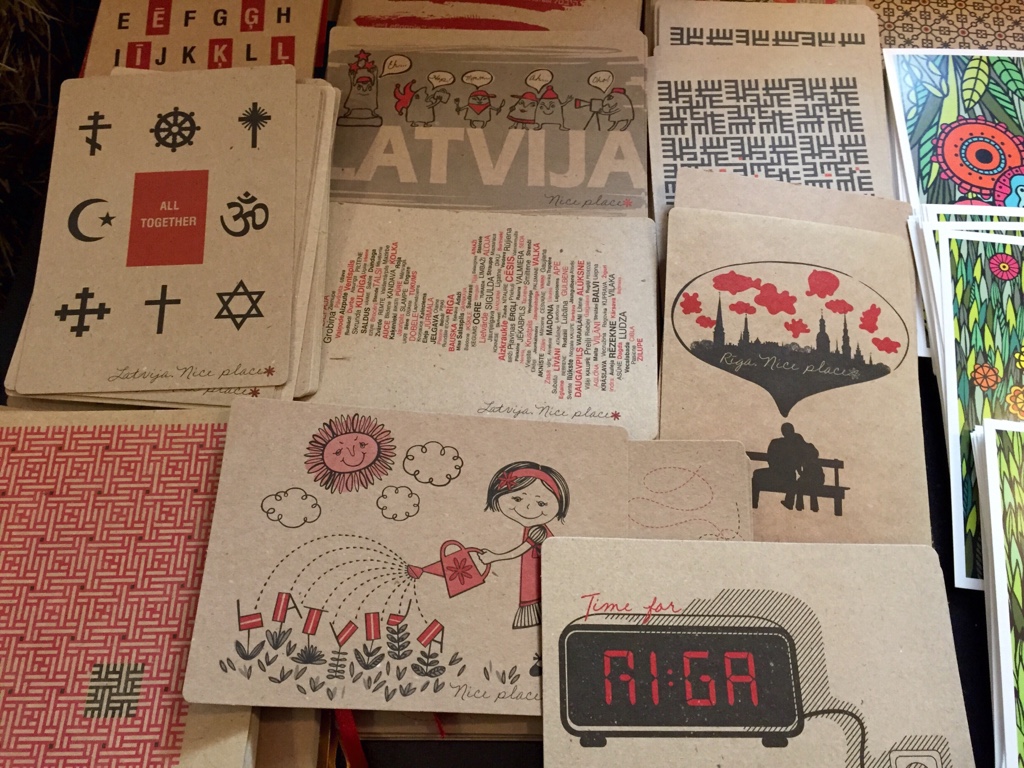
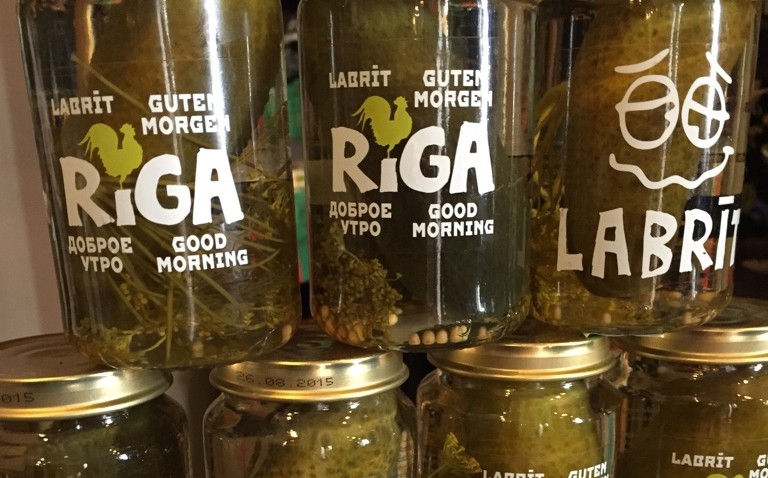
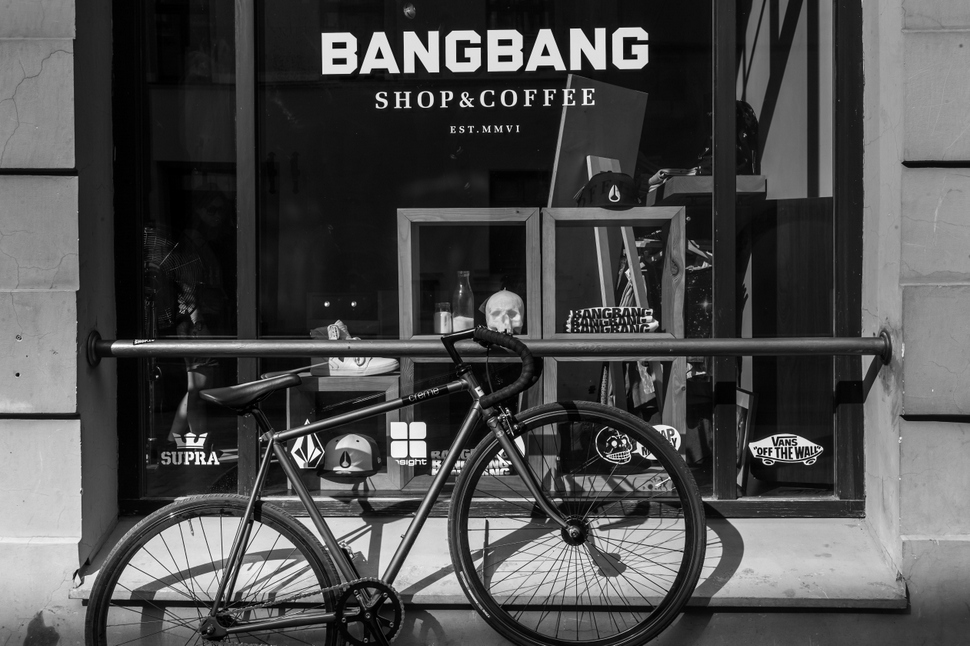
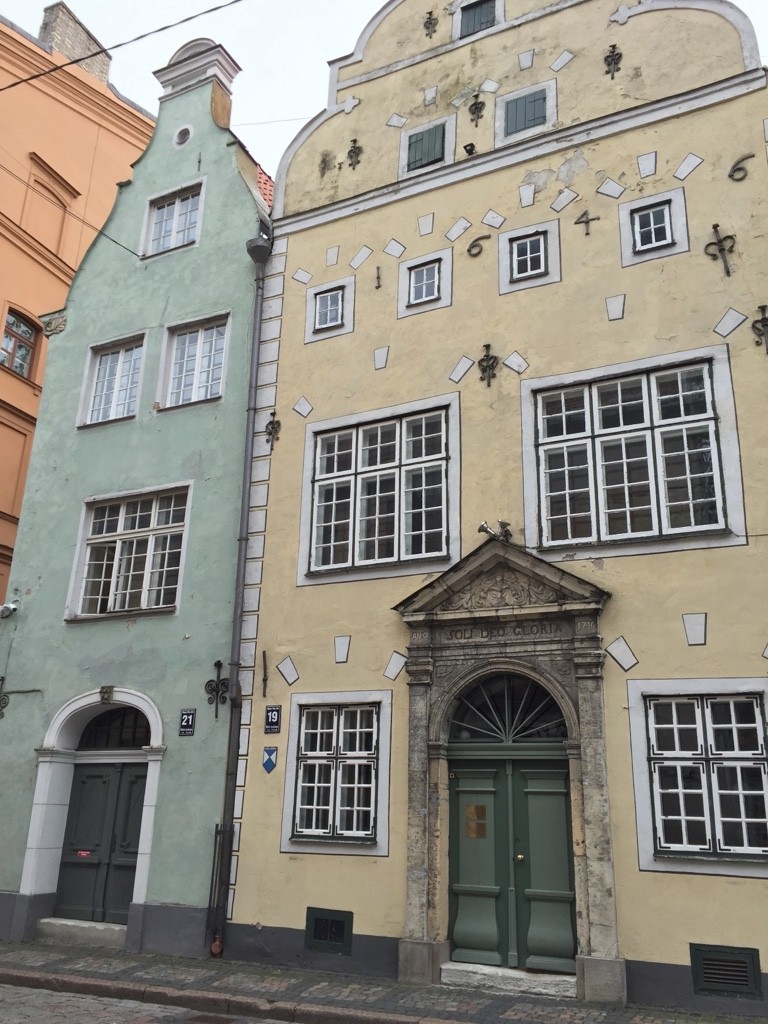
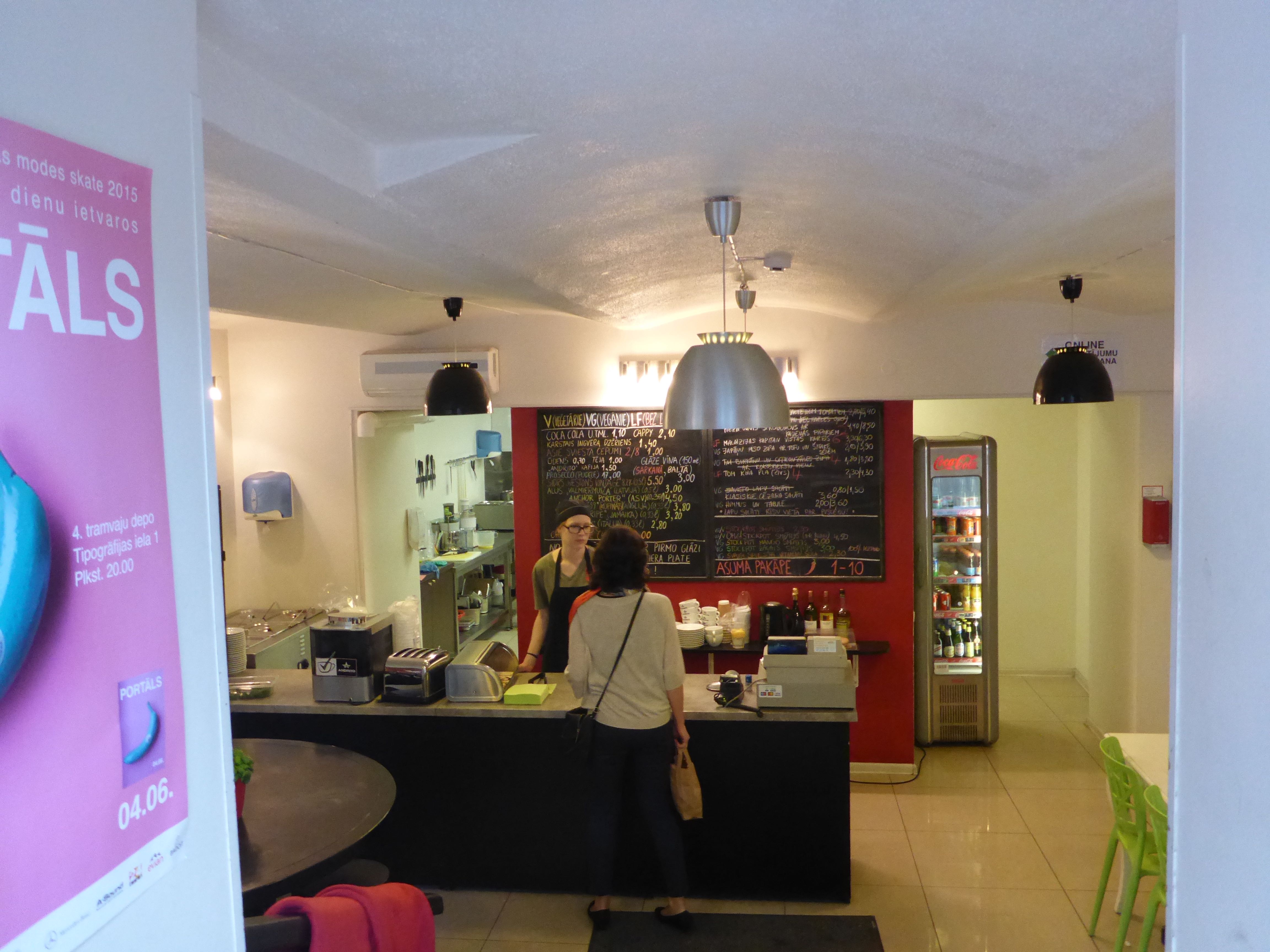
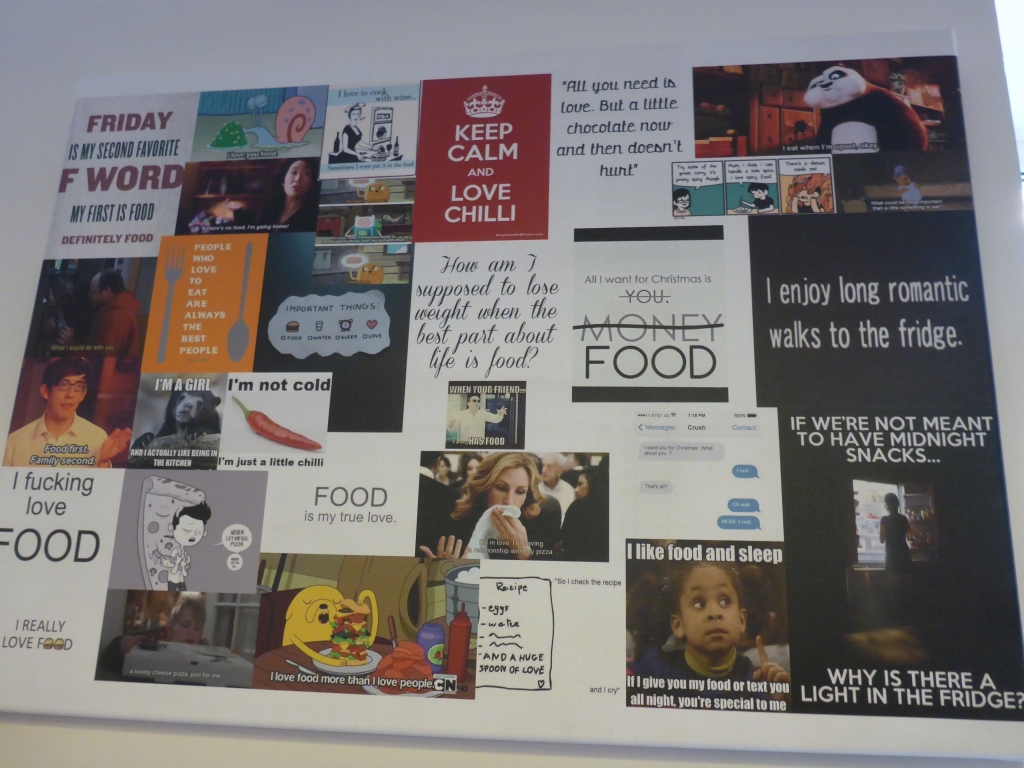
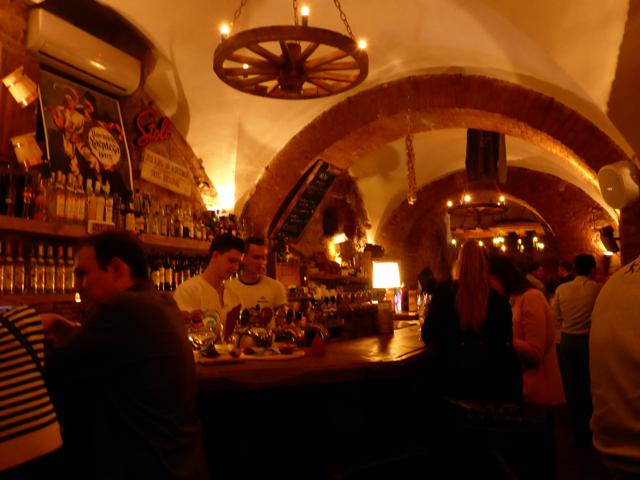

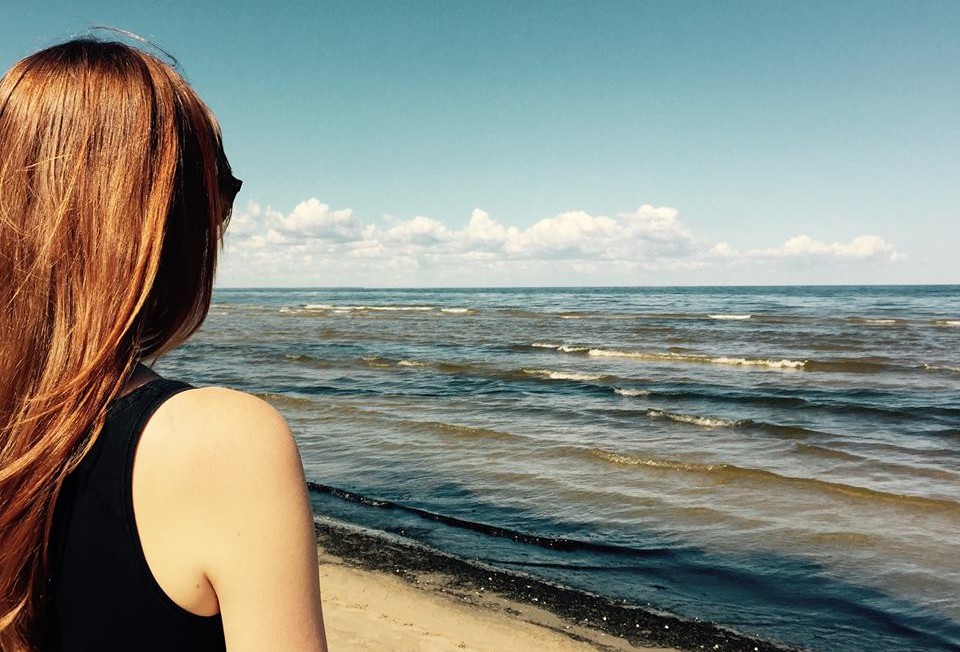


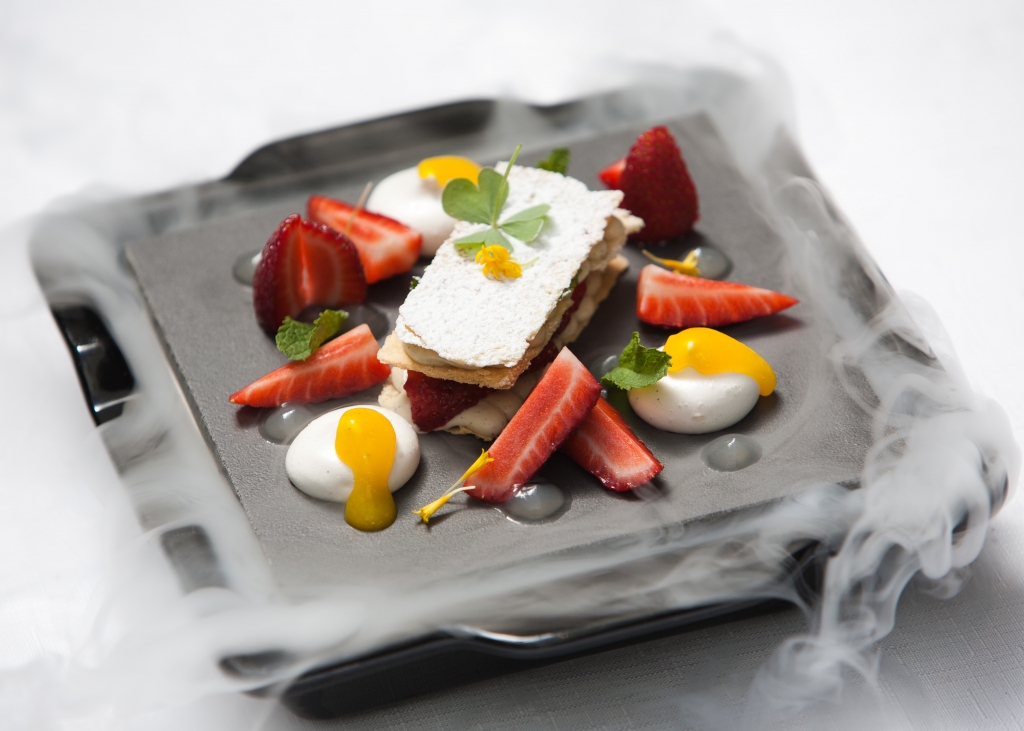
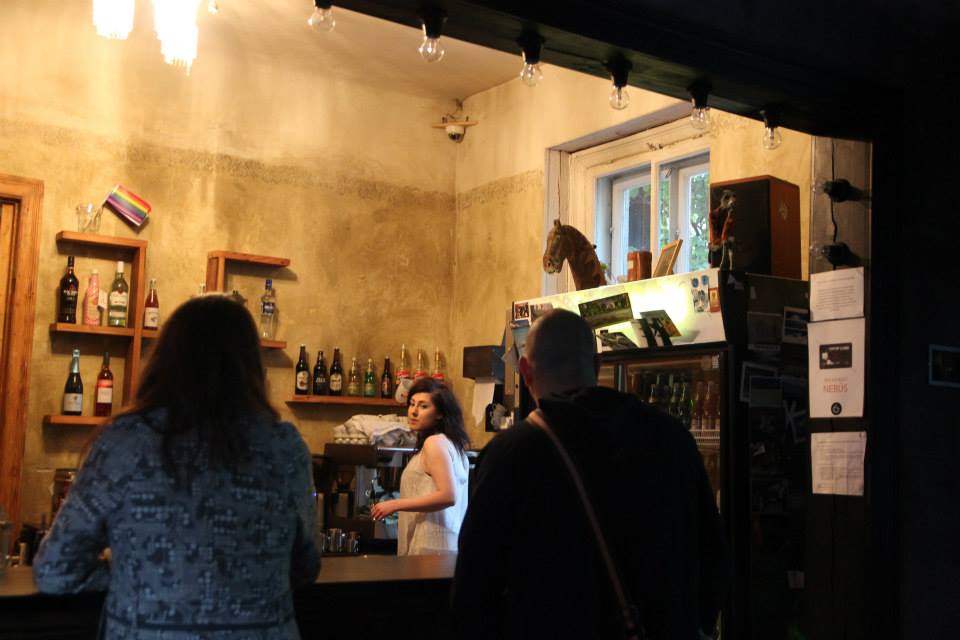
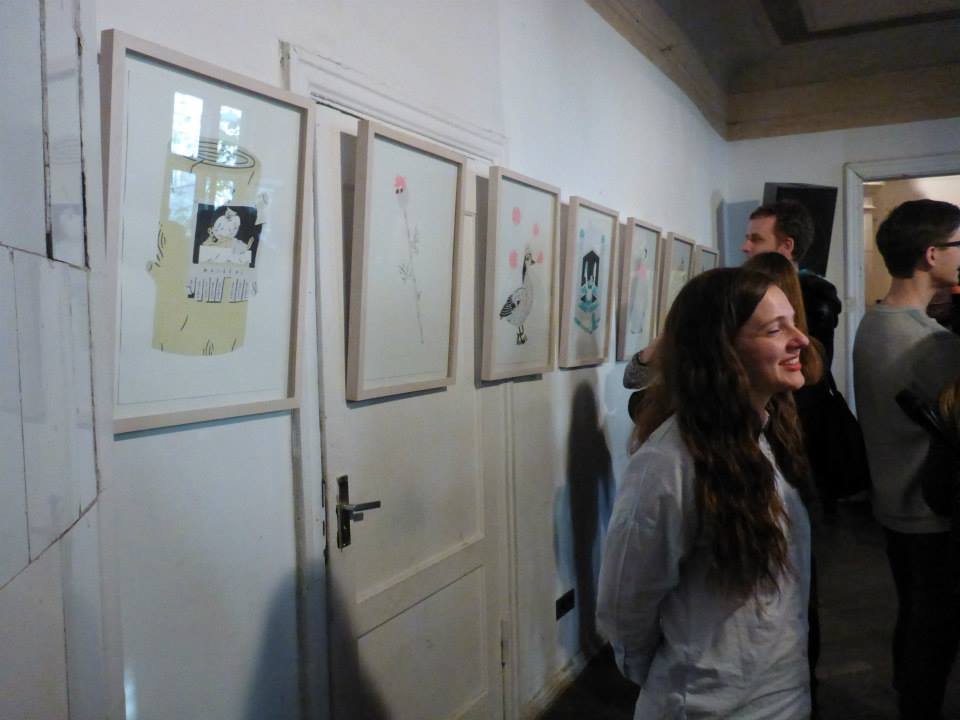
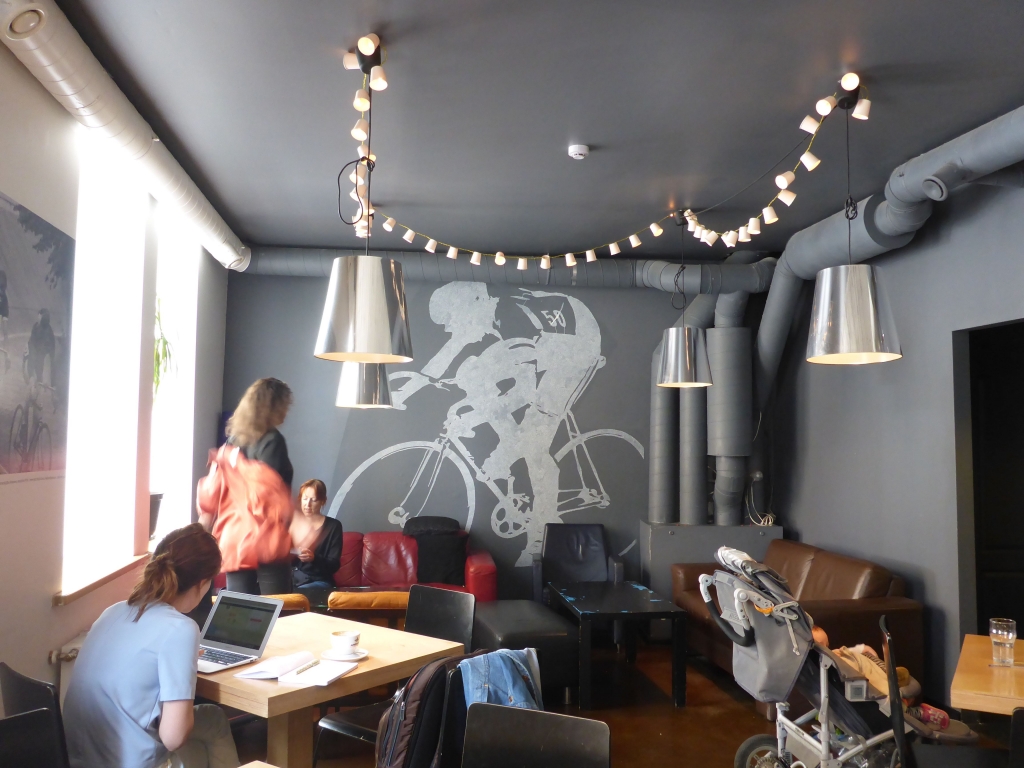

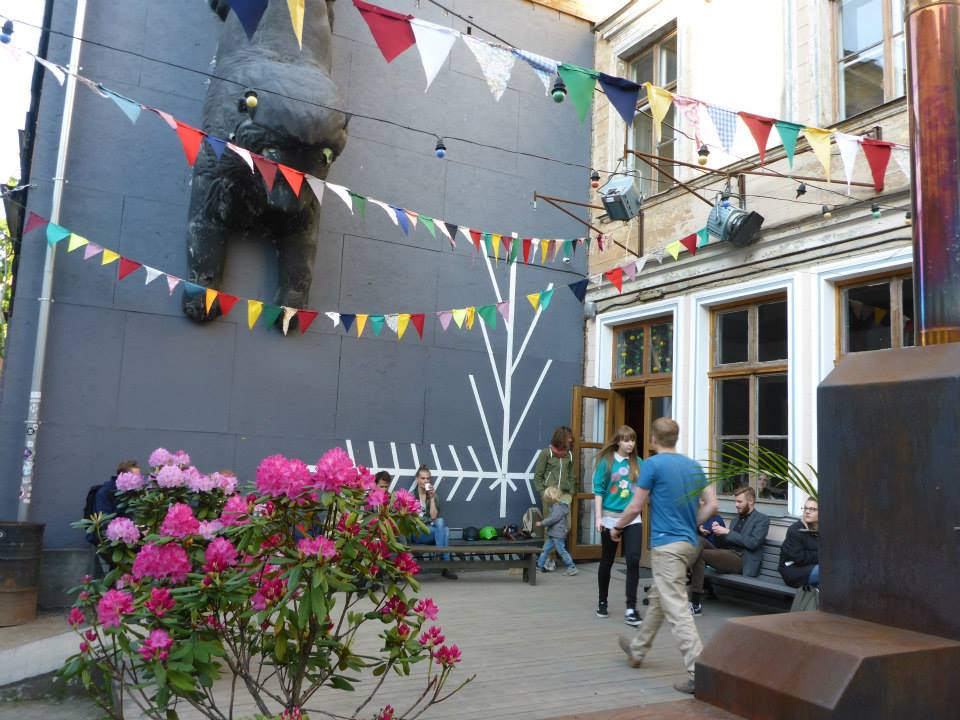
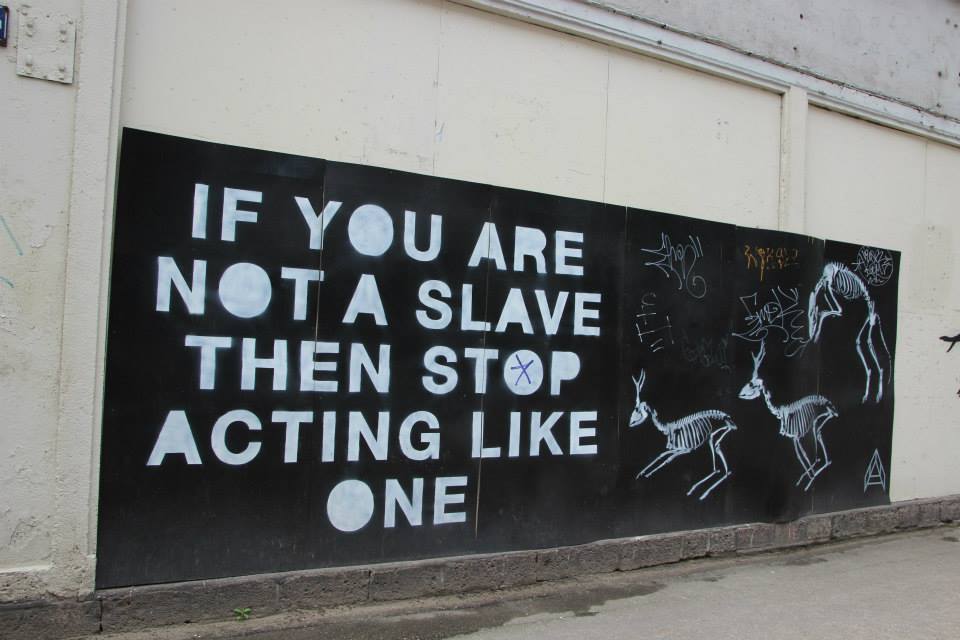
The correct latvian word for road is “iela” not “ilea” (you can also see that on your picture nr.9 – Kalnciema iela) 🙂
Sorry for the mistake. I changed it. Thanks for the hint, I appreciate it.